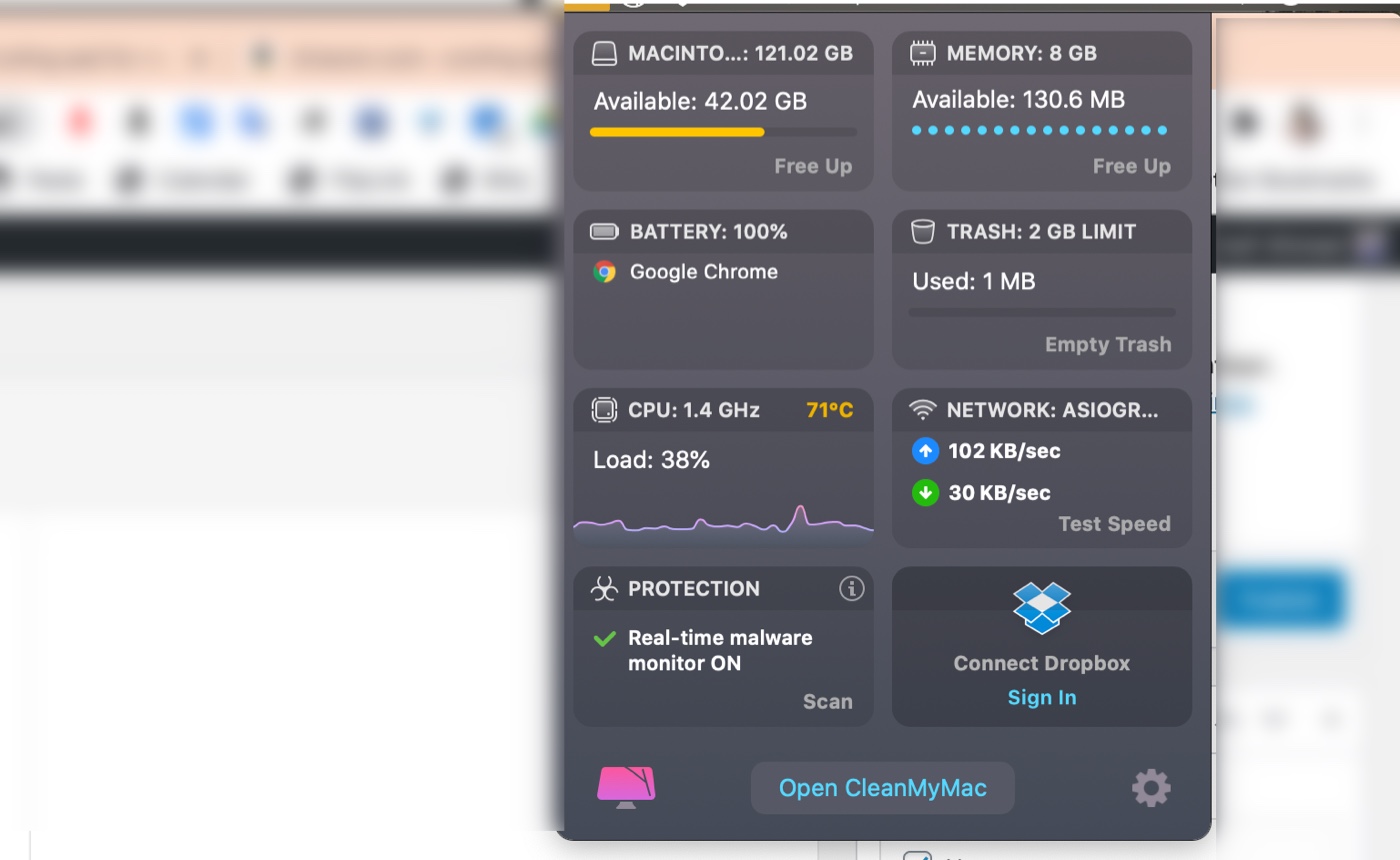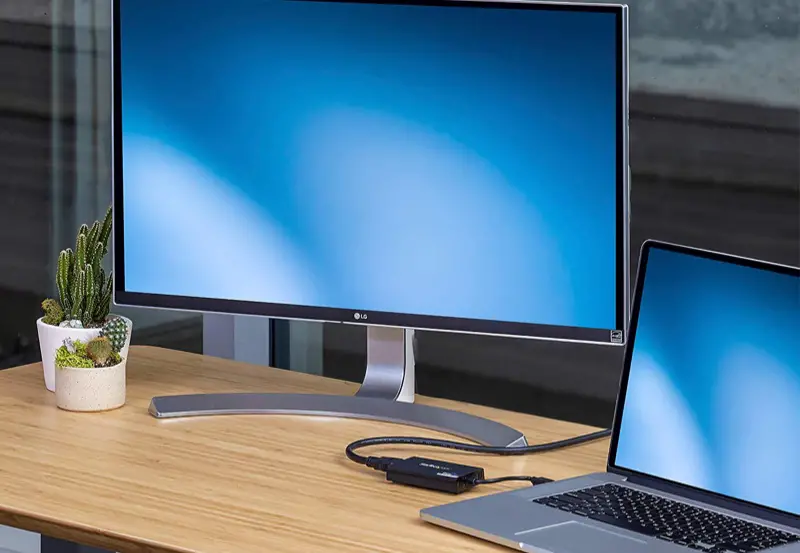Does your MacBook Pro gets hot and the fan is loud, in this article, we will talk about possible reasons why is it happening, and we’ll try to find out solutions as well so that you know nohow to stop MacBook pro getting hot
Before going into the specific possibility of why your MacBook Pro is getting hot, let’s talk about the primary thing that makes any laptop or computer heat.
Every computer has got a CPU responsible for processing all the data that you see on your monitor.
Processing all this data makes it use its power, and more power requires it to use more energy (electricity), which makes these components emit more heat.
Heating in computers is not a new thing. It has been known to be part of computing. And this is why fans are installed in computers that can extract heat away from the CPU. It is a little more complicated than what I tried to explain in plain English.
Heat can damage any computer, not just Macbook Pros. Still, if you’re talking about the heat that makes you uncomfortable putting your laptop on your lap, you should worry too much about it because Computers can withstand that kind of heat too quickly.
If the heat is too damaging for the computer, it will merely Shutdown.
MacBook Pro gets hot with External Display
I have noticed it myself and have seen a lot of people complaining about the issue of MacBook Pro Getting Hot when it is connected to an external display.
Since I’ve explained why a computer gets hot, it’s strange to see it getting hot, even when there is no major task being run on the computer. This thread on Reddit specifically talks about this issue.
Most people are talking about the new Macbook 16 Getting Hot when connected to an external display, which is quite surprising because it is one of the most powerful Macbook lost by Apple.
One Redditor says that whenever the external display is connected to MacBook, the dGPU gets activated, which requires more power, which means the fans are directed to run faster, making more noise than usual, which tries to take the extra heat away.
Here are some possible solutions
Control external conditions
The more tasks running on the computer, the more power it requires, and the more heat it generates; there is no denying that, so if you want your Macbook pros fans to spin silently, then you will have to control the external conditions.
Another thing that can happen with many people is that the air coming out from the Macbook is getting blocked, resulting in Macbook Pro heating faster. The air vents in Macbook Pro or at the back, near the hinge.
If you have kept your laptop on a flat surface, make sure that the path is not getting blocked. Perhaps elevating your computer a bit can help the real floor in a much better way.
If it’s hot weather, you can try to have your AC on, which will help bring the room temperature down, which will also help the MacBook Pro when it is trying to throw heat out using the fans.
Get Laptop Cooling Pads
There are cooling pads available on Amazon in the range of $25 to $35. These cooling pads can be useful to keep down the temperature of your MacBook Pro as we have got powerful fans.
If your main concern is how to prevent your MacBook Pro from heating, and you don’t care much about the noise, the cooling pad can be a good option. All the fans on the cooling pad would require a power source using the USB type a cable.
Keep a track of your CPU Temp

You can use apps like CleanMyMac, which tells you your CPU temperature always to know the exact temperature.
When writing this article, I have 22 Google Chrome tabs open, with four apps running in the background. I’ve shared the screenshot where CleanMyMac shows the CPU temperature at 71° C, and I can hear the fans spinning.
I turned the AC on, which brings room temperature from 28° C to 22° C, and the CPU temperature went down to 65° C.

